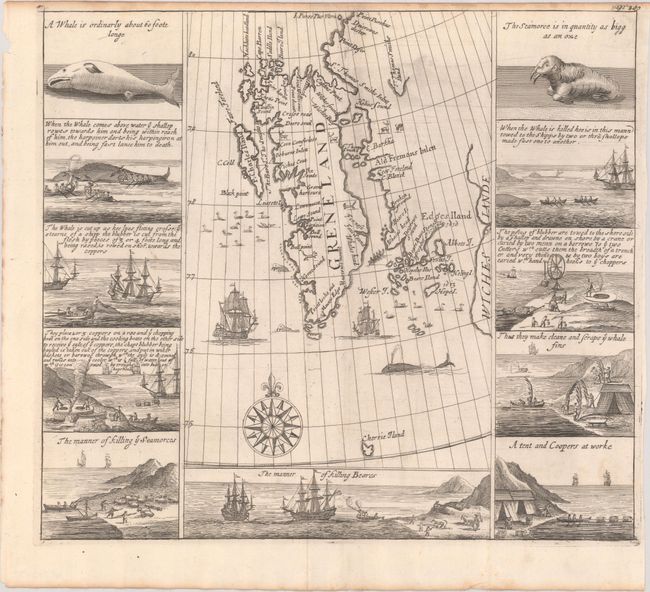Catalog Archive


Auction 194, Lot 380
Important Whaling Map of Spitsbergen
"[Greneland]", Purchas, Samuel

Subject: Spitsbergen
Period: 1704 (published)
Publication: A Collection of Voyages and Travels
Color: Black & White
Size:
12.8 x 11.4 inches
32.5 x 29 cm
Download High Resolution Image
(or just click on image to launch the Zoom viewer)
(or just click on image to launch the Zoom viewer)